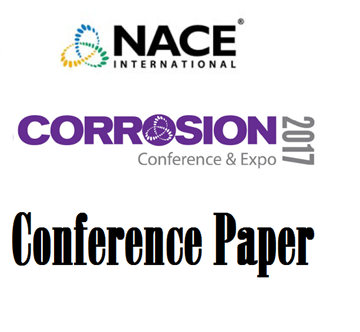Search
51314-3979-Novel Zinc Rich Primers for Corrosion Protection
Also Purchased
Challenging the Performance Myth of Inorganic Zinc Rich vs Organic Zinc Rich Primers
Product Number:
51317--9127-SG
ISBN:
9127 2017 CP
Publication Date:
2017
$20.00
51313-02415-Crack Resistance Improvement of Inorganic Zinc Rich Paint
Product Number:
51313-02415-SG
ISBN:
02415 2013 CP
Publication Date:
2013
$20.00
07005 ZINC RICH EPOXIES – ELECTROCHEMICAL PROPERTIES
Product Number:
51300-07005-SG
ISBN:
07005 2007 CP
Publication Date:
2007
$20.00
Recently viewed




